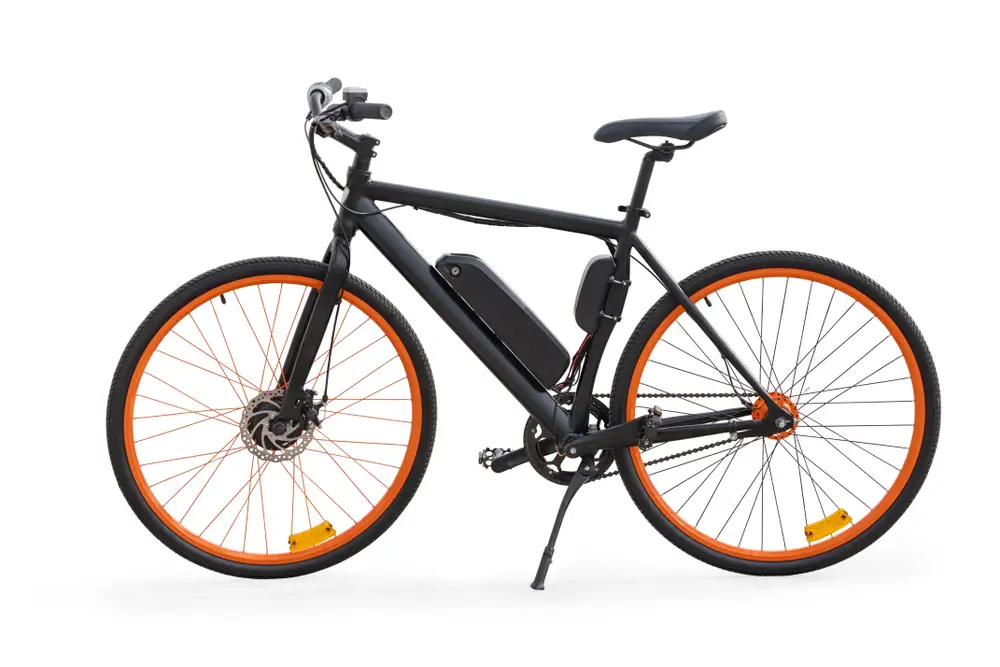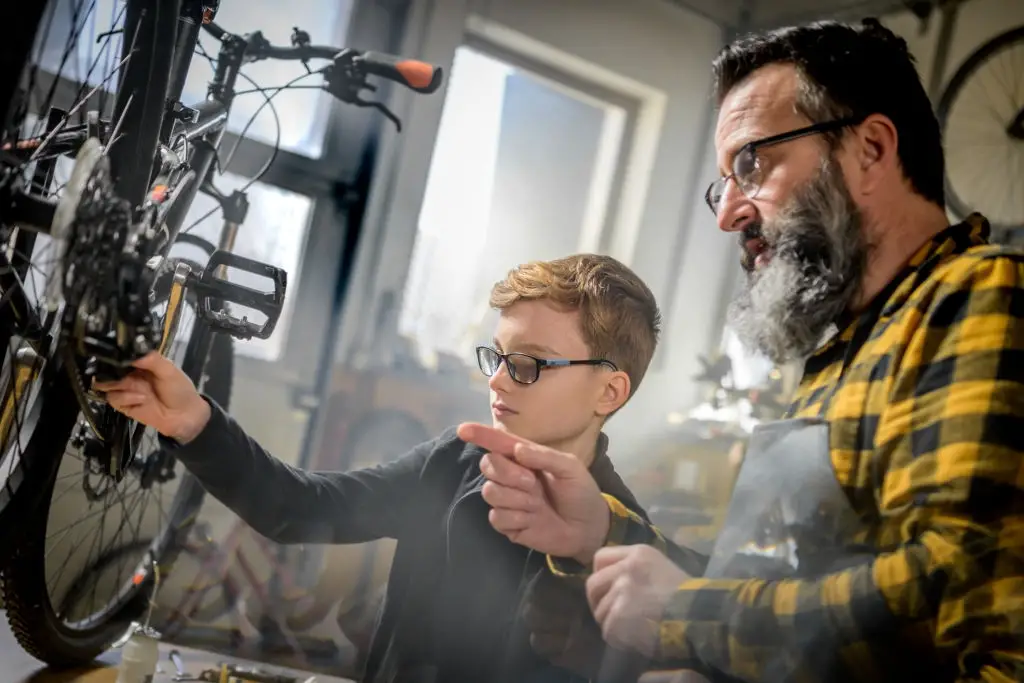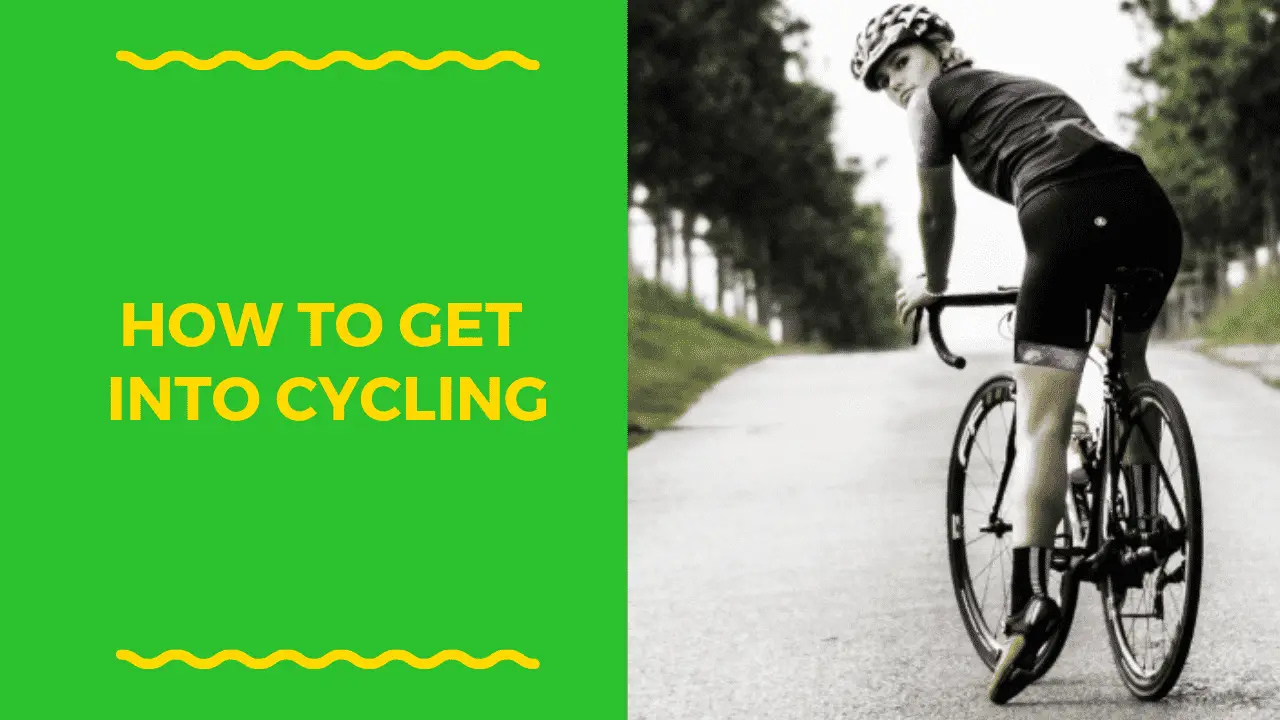Chances are, you've thought about cycling, but you're not sure where to start. Cycling is not different from riding a bike. The only difference is you are cycling for a reason.
Whether you want to lose that extra pounds, build endurance, or bring back the blissfulness of those youthful days. The truth is, learning how to cycle isn't complicated.
Cycling can increase your flexibility, strength, joint mobility and strengthen your bones. In this article, you'll learn how you can start your cycling routine easily. Let's get started.
Contents
Choose Your Bike

The question you need to ask yourself is, where will you be cycling? On the road, in the park or on rough terrain. Knowing where you will cycle will determine the kind of bike you choose.
Not every bike is ideal for every terrain. That said, you need to be savvy in your selection. Here are the main types of bikes and where they used:
- A mountain bike. These bikes are meant for off-road because they come with plenty of suspension, excellent grip, thick tires, and are heavy. If you want to be proficient in off-road cycling, you need a mountain bike.
- Road bike. If you want to cycle on the road, you can’t go wrong with a road bike. They have a little suspension, slick tyres, and are light. Since they are meant for roads, these bikes go super fast.
- Hybrid bicycle. This is a combination between a mountain and a road bike. They are excellent bikes for beginners who still can't decide whether to cycle on roads or rough terrain.
- A cruiser/town bike. They're well-suited for urban areas and are ridden on the road. The only difference between a town and a road bike is speed. Road bikes travel faster than town bikes. A town bike is ideal for a person who is not cycling for sports and wants to save money on buying a high-end bike.
- Touring bikes. If you want to cycle over a long distance, your obvious choice is a touring bike. They resemble the road bike, and the only difference is a touring bike is robust and super heavy to manage the long distance.
- e-Bikes. These are power-assisted bikes that use a small battery and an electric motor. You can use e-bikes for cycling. You will have no problems climbing hills and arriving at work without sweating.
Cycling Gears

Cycling is gear-centric. However, you don't need fancy gears to get started. You only need to have a few essential accessories to get started. Here's the list of what we consider crucial for cycling:
- Helmet. Never ride a bike without a helmet. A helmet will protect your head against impact when you run into an accident. Make sure the helmet you buy fits nicely on your head.
- Water bottle. Have a bottle of water with a cage where you can attach it to your bike. Alternatively, you buy a hydration backpack and put your water bottle inside.
- Pump. Bikes get flat tires or slow leaks. If you don’t want to be stranded, you better get a portable bike pump. You will always inflate the tire when you run out of air.
- Repair kit. A simple repair kit will have a patch kit, two tire levers, a spare inner tube, tools, and a small bag to attach to the bike.
If you are cycling past 5 pm, make sure you put on a reflector to stay visible to drivers. Otherwise, you may be arrested for failing to have one. Finally, make sure you have the right cycling clothes and shoes before you start cycling.
Create a Cycling Plan

Like any exercising, cycling needs a routine. It would help if you got to that steady rhythm where cycling is less challenging for you. We advise you to start slow. There's no point in killing yourself during the first day and giving up.
Even if you’re a fitness junky, you need to start slow. When you cycle, you use different muscles compared to other exercises, and your body will need ample time to get used to the core muscles and the new stress. Just start easy and enjoy your ride.
In your cycling plan, you can ride once or twice a week for the first four weeks. Choose two days. You can cycle on Tuesday and Saturday. Feel free to choose a time that suits you and make sure you space the days well.
After you've had a hang of it, you can cycle three times a week or more. In the first few weeks, you can start riding for 10 minutes, and you can expand that time as you feel.
If you are going to ride on the road, we advise you to be safe. Cycling is dangerous, especially if you are riding on the road with rogue drivers out there. Cycle during the day, adhere to traffic rules, wear bright colored clothes, and have a reflector.
If the idea of creating a plan looks overwhelming, you can start using a bike to commute to work every day. Simple routines like these help you create a cycling habit.
Shifting Gears
The topic of shifting gear may look simple, but you will be surprised that most cyclists ignore it. However, it can be confusing at first, but you will know how to use bike gears with practice. Here's all you need to know about gears:
Three front gears
A bike has three gears in the front: small, medium, and larger gears. We have a shifting mechanism at the handlebars for alternating between gear 1, 2, and 3. The large gear is used when pedaling is easy, and you want to go fast.
This is great if you are cycling on flats or downhills. The smaller gears are meant for cycling on hills which requires a lot of pedaling. As a beginner, you can use the medium gear and alternative to find your sweet spot.
Seven back gears.
These gears start from the smallest to the largest and have a shifting mechanism. To use these gears well, we recommend the following.
- Pair the small front gear with the largest three back gears (gear 1 to 3),
- Pair the medium front gear with the middle back gear (gear 3 to 5),
- Pair the largest front gear with the smallest back gears (gear 5 to 7)
If you do this, you will have an excellent cycling experience as a beginner. This will take time for you to get used to it, but it isn't that difficult. As you get better with time, you will learn to pedal fast with hard gears.
Essential Cycling Tips for Beginners

Cycling on the roads puts you in a dangerous and vulnerable position, especially if you are a beginner. A study from the Journal of Oral and Maxillofacial Surgery states that traumatic brain injuries and broken facial bones are common among cyclists between the age of 55 to 64.
That means you need to follow safety rules and regulations when cycling on the road to reduce the chances of accidents.
The study authors suggest cyclists avoid drinking alcohol before riding, wear reflective clothing, use lights at night, and wear helmets. Besides that, here are a few simple tips that you need to keep in mind as a beginner cyclist:
- Shift gears early because it will save you the extra effort you will need to pedal and gears. For instance, if you are going to climb a hill, shift your gears early; otherwise, it will be tough to change gears and start pedaling when you are in a hard gear.
- Brake smart. Avoid breaking hard and fast at high speed because you may toss over the handlebars and hurt yourself.
- Keep an eye on the driver if you are cycling on the road. Use your hand to indicate your intention if you want to take a sharp corner. Follow the traffic lights and signs and lock eyes with motorists to avoid confusion.
- Know how to fix flat tires. No one likes being stranded at a place. As a beginner, you may need to take bike maintenance classes.
- Make sure your saddle is in the right position. Most beginners experience pain in the front of their knees because the seat is too low. Make sure the seat is in the correct position, and your feet can touch the ground. Having the wrong saddle position can put you at risk.
- Avoid taking too much mileage on your first day. The biggest sources of injury come from covering too much mileage. Start slowly and give your body ample time to adjust to new distances.
Conclusion
Whether you are cycling for fun or sports, the above guidelines and tips will help you enjoy your cycling routine.
Cycling can be overwhelming at first. However, if you stick to the basics we have shared, the whole experience can seem like there's no written rule out there?
Start cycling today because it's more fun. If you need extra motivation, you can join a cycling group or forum. The more you stick to your routine, the more you learn about new tactics and new tricks that will improve your cycling.

